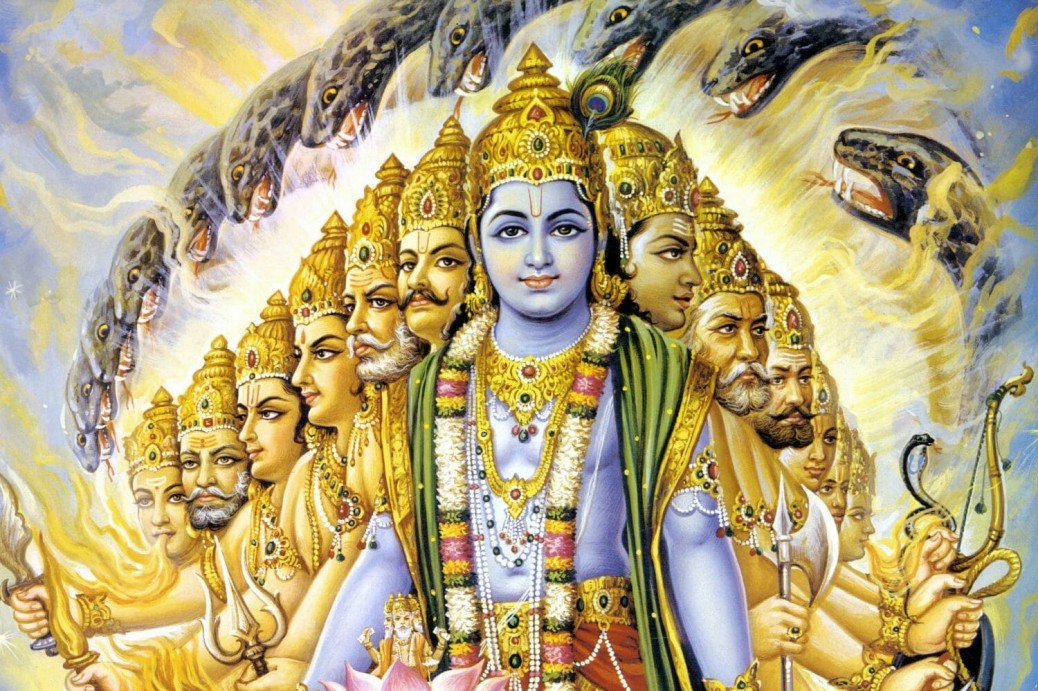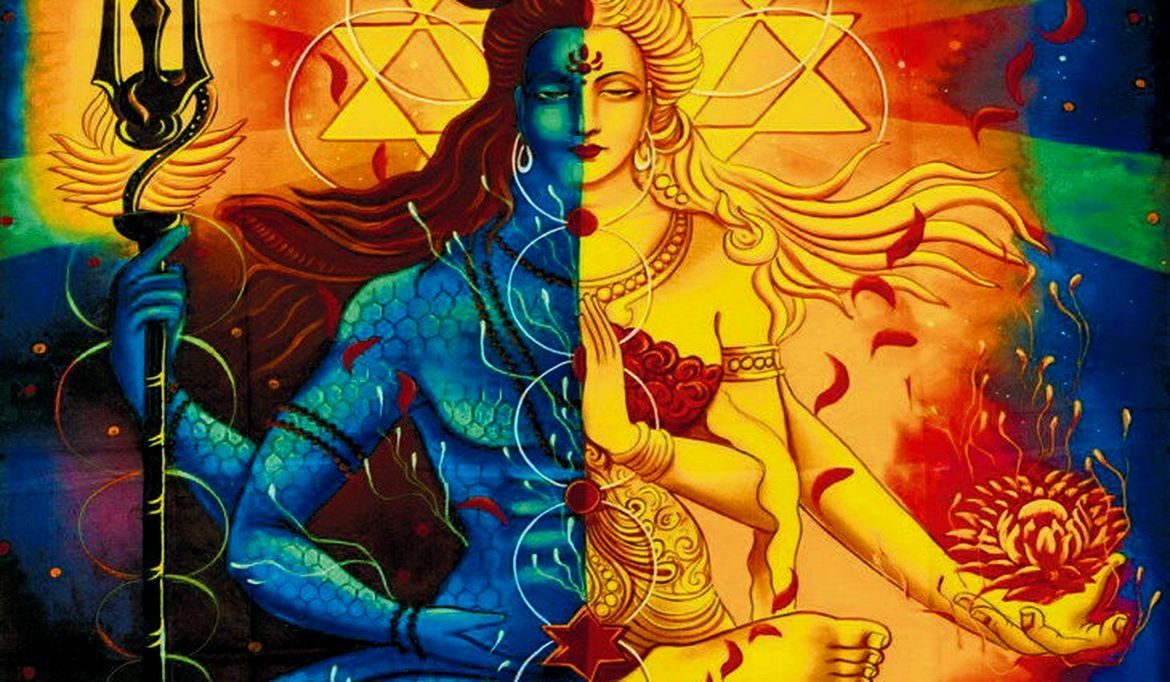Solid Individual – In Gita Verse 18.21 That knowledge by which one sees that in every different body there is a different type of living entity you should understand to be in the mode of passion.
The Bhagavad Gita Verse 18.21 states that the knowledge through which one perceives different types of living entities in every different body is considered to be in the mode of passion. This knowledge, known as rajas, is characterised by its focus on distinctions and separations.
When multiple entities appear as distinct and separate, it is indicative of rajas. Conversely, when many appear as one, it signifies Satva. Rajas is marked by visible differences, conflicts, oppositions, and limitations. The life of a Kshatriya, for instance, is bound by such limits, as they fight for borders and strive to expand them. In contrast, a Brahmin’s life is tied to the concept of the infinite, devoid of conflict and limitations.
The third state, tamas, represents darkness. A person in tamas neither sees one nor many; they are metaphorically blind, akin to an extinguished lamp. Although the lamp exists, without light, it serves no purpose.
Subsequently, there is a state where a small light emerges, allowing one to see and experience many things. This is followed by Mahaprakash, where all forms are absorbed into a supreme light, transcending the need for a wick or oil.
Tamas signifies absolute darkness, where nothing is visible. Satva, on the other hand, represents supreme light, where everything is visible in such depth that peripheral diversity is lost, and the unity of the centre is felt. Rajas lies in between, where some things are visible, and some are not, creating a harmony of light and darkness.
These three states of mind – Tamas, Rajas, and Satva – are crucial for self-identification and the commencement of one’s journey. Recognising oneself in a state of tension or tamas is the first step towards rajas, as even a slight understanding signifies the emergence of light.
If you find yourself in a state of tension, do not be alarmed. Many who have attained Satva have transitioned from tamas. Being in tamas means you are still in a nascent stage, akin to being in the womb. Awakening and utilising your senses can lead to the birth of rajas.
There is no need for conflict between reason and the heart. Reason operates in the objective world, while the heart functions in the subjective world. A balance between the two can be achieved through alertness and meditation.
The heart, referred to as Zorba, represents the joy of life, while the refined energy of reason, symbolised by Gautama the Buddha, signifies wisdom. Historically, Zorba and Buddha have been in conflict, each limiting the other’s potential. However, a harmonious integration of both can lead to profound joy and wisdom.
An ancient story illustrates this integration. Two beggars, one crippled and the other blind, were competitors. When a fire broke out in the forest, they realised that cooperation was necessary for survival. The blind man carried the crippled one, who guided him, and together they escaped the fire. This story underscores the importance of unity and cooperation.
This is an old, very old story. India has one of the most ancient books of parables, Panchatantra; this story comes from Panchatantra. And this is the story of you, about you. The house is on fire, death is coming closer, but you are not yet one solid individual; you are a battlefield inside yourself.
Similarly, reason and the heart should not be competitors but collaborators in the quest for life’s meaning. Kahlil Gibran emphasises that inner peace and unity are essential for achieving miracles.
Krishna advocates for the integration of Zorba and Buddha, blending the joys of life with profound wisdom. This synthesis represents the meeting of East and West, science and religion, logic and love. Achieving this balance brings peace and prevents inner conflict.
Great Zorbas and Buddhas have existed, each advocating different philosophies. Zorbas focus on enjoying life, while Buddhas emphasise the illusory nature of the material world and the importance of inner exploration. Both perspectives are convincing, but they must be reconciled within oneself.
Becoming a peacemaker involves harmonising reason and passion, allowing for the enjoyment of external realities and the pursuit of inner truth. This balance is essential for a fulfilling life.
Krishna’s teachings highlight the importance of understanding the unity of reason, heart, and soul. When these elements are in harmony, one can transcend inner conflict and explore the soul. This integration leads to a complete and beautiful life, characterised by bliss and truth.
Reason and passion are the guiding forces of the soul’s journey. Passion, if ignored, can be destructive, but when harnessed by reason, it can break limitations and open up infinite possibilities.
Therefore, let your soul elevate your reason to the height of passion. Passion is limitless, and your energy is an inexhaustible source, connected to the energy of the universe.
Tags: Solid Individual




